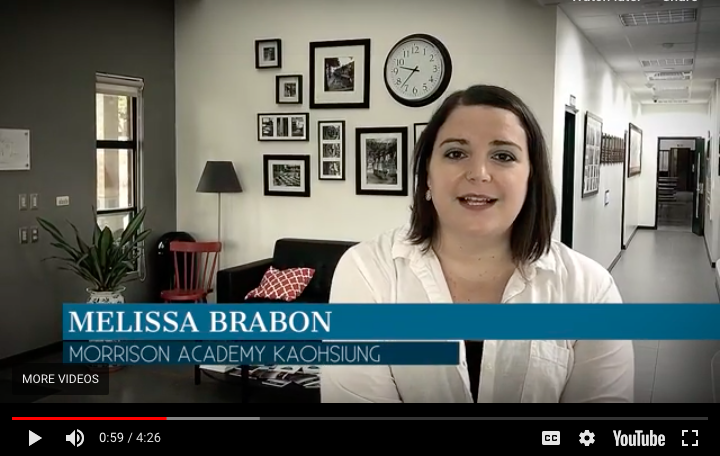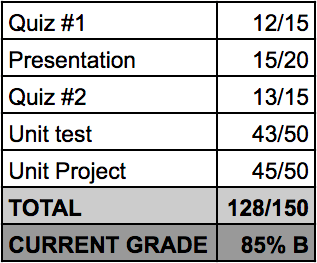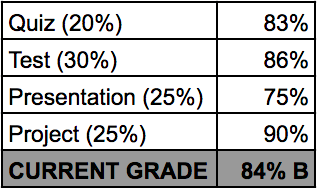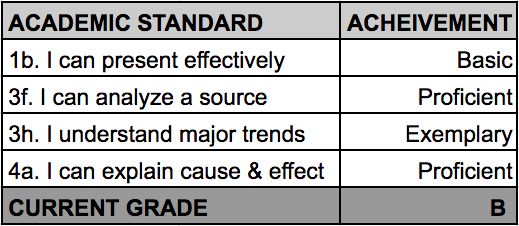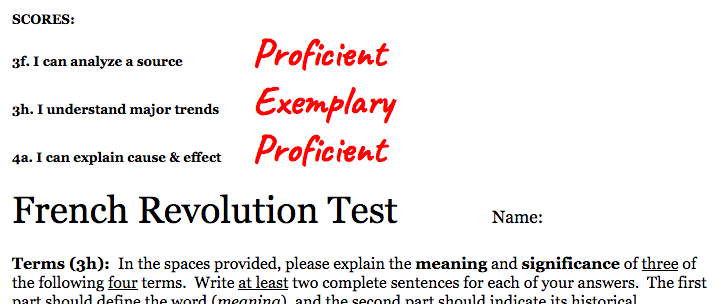Changes at MAK in 2019-2020: Standards-Based Grading (Part 2 of 3)
As mentioned in this space (here and here) and at most MAK parent events in the last two years, Morrison is making the transition in its grading and reporting to Standards-Based Grading (SBG).
在這裡與這裡 ,和過去兩年,大部分學校舉辦的家長活動中,馬禮遜一直在改成標準本位評分制的過程中,做一些改變和調整。
The overall purpose of grading at Morrison is “to describe how well students have achieved specific learning expectations based on evidence gathered from an assignment, assessment, or other demonstration of learning.” This performance is then reported to students and parents in words, letters, or numbers so they can understand levels of performance and achievement. (Quote taken from Morrison’s official Standards-Based Grading information page.)
馬禮遜學校重新調整了評分方式,主要是希望「根據作業、評量或其他學習表現所收集的資料,來敘述學生是否達到特定的學習期望」。這些表現成果,接著以文字、信件、或數字向學生與家長溝通,已讓他們了解學生表現結果的程度。(取自馬禮遜學校正式標準本位評分資訊頁)
Standards-Based Grading allows us to achieve this purpose by reporting on achievement of specific benchmarks and by separating the learning Process from the learning Product.
標準本位評分教育能區分學習過程成績,和學習成果成績。
Click the image below for a Morrison video on standards-based grading, featuring some of our very own MAK teachers!
請按以下圖片,觀看由MAK老師們客串,關於標準本位評分的影片。
MAK elementary school has been doing standards-based grading for many years. Two years ago, our elementary teachers began using MasteryConnect, a sleek new standards-based learning platform. Last year, our middle school report cards changed to separate Product scores from Process scores.
MAK 國小部已採用標準本位評分好幾年了。兩年前,我們國小部的老師開始用 MasteryConnect,一個較流暢的標準本位學習平台。去年,我們的國中部成績單,改成將學習過程成績,和學習成果成績分開。
After lots of research and training this year, next fall our middle and high school reporting systems will be using PowerSchool in new ways, adapting our report cards and reporting systems to a true, standards-based format.
在今年經過許多研究及訓練後,明年我們的國高中部報告系統,將會用新的方式使用 PowerSchool,以將成績單及報告系統轉換成實際的標準本位格式。
So, how will MAK be changing its grading and reporting in middle and high school in the coming years to be more standards-based?
所以,MAK 將如何在新學年度於國高中部,改變評分以更反映標準本位?
1. Next fall, high school report cards, in addition to middle school ones, will include a Process score. This means that starting next fall, high schoolers will likewise be graded on responsibility, respect, and engagement, just like we’ve done in middle school for the past two years. Product grades will not include Process elements like class participation. For questions on what that looks like, please read this post. Additionally, high school homework scores will be limited to a maximum of 10% of students’ final grade, being mostly reflected in student Process scores.
新學年度秋季,包括國中,高中成績單也會顯示學習過程成績。這表示,在秋季,高中生也會被在責任感、尊重和參與度層面上評分。我們已在過去兩年於國中部如此實行。學習成果成績,將不會包括如課堂參與度等的學習過程標準。若您想大概了解新的評分成績單會長什麼樣,可以閱讀此貼文。另外,高中功課將只在學生的總成績佔 10%,並主要呈現在學習過程成績裡。
2. Unlike in elementary, MAK middle and high school report cards will continue assigning ABCDF scores on final report cards. We have found that at the secondary level, parents, students, and teachers value and benefit from the overall summation of a final Product grade.
與國小部不同的是, MAK 國中高中部的期末成績單,仍會繼續採用 ABCDF 分數打法。我們發現,在國高中階段,家長、學生與老師,在期末學習成果成績上,都重視一個整合,也從中得益。
3. Student grades will be calculated by standards, not by traditional categories or point accumulation. Essentially, this change is what it means to actually do standards-based grading. Traditional grading often uses one of two methods.
學生成績將會以標準來計算,而非傳統分數累積的方式。實質上,這個改變就是使用標準本位評分的意義。傳統計分方式通常使用以上兩者之一。
Method #1: Point Accumulation 方法一:分數累計
Method #2: Category Averaging 方法二:類別平均
A standards-based approach differs from these more traditional methods because it focuses exclusively on the academic standard in its reporting rather than the assessment type. With standards-based grading and reporting, teachers, students, and parents can clearly see specific weaknesses in student performance that they can’t see in Method #1 and Method #2.
標準本位這個方法與其他傳統式評量不同的是,它較專注於反映學業標準 ,而不是評量類別。透過標準本位評分制度和報告,老師、學生、和家長都能更清楚的看到學生表現更方面,更具體的弱點,而這是在以上方法一跟二無法呈現的。
Method #3: Standards-Based Grading 方法三:標準本位評分制度
Next year, middle and high school final Product grades will be calculated as an average of student performance on course standards. In the case above, numerical values for Basic, Proficient, and Exemplary would be averaged to achieve the final Product score of “B”. This means that when parents and students look at PowerSchool, scores will reflect performance on standards more than they will reflect assignments.
明年,國高中的總成果成績,將以每科的標準來計算學生表現的平均。在以上的例子,「基礎」、「熟練」和「優異」的平均分數,將會在總成果成績中達到 B 的分數。這表示,當學生與家長在看 PowerSchool 時,上面的分數將較在標準上,多於功課,反映學生整體表現。
4. The way teachers grade assessments will be by standard, not by points and percentages. Next year, when middle and high school students are handed back quizzes or projects, they will not see this very often:
老師將基於標準來評分,而不是用分數或百分比。下學年度,當國高中生拿回自己的考卷或作業,他們將不常看到以下這些
Or this: 或這個
Instead, students will see specific feedback on their performance on the specific academic standards that were assessed in the quiz or project work. As a result, scores will look something more like this:
反而,學生會看到在他們考試或作業的表現上,針對某項學業標準評量的具體評語。因此,分數將會長這樣:
These performance scores will then be entered into the grade book as performance on each standard rather than as a general test score.
老師們將把這些表現的成績,以各個標準,而非分數的模式,填入計分系統。
Overall, it is Morrison Academy’s hope that this type of reporting provides a clearer picture for parents and students of how students are doing in the curricular content of each course, ultimately improving teaching and learning at Morrison.
總體來說,馬禮遜學校希望這種評量系統,可以提供學生和家長們,在學生每科目的內容與課綱之學習效果裡,一個更清晰的畫面。最終來說,這也會提升馬禮遜的教育與學習。
